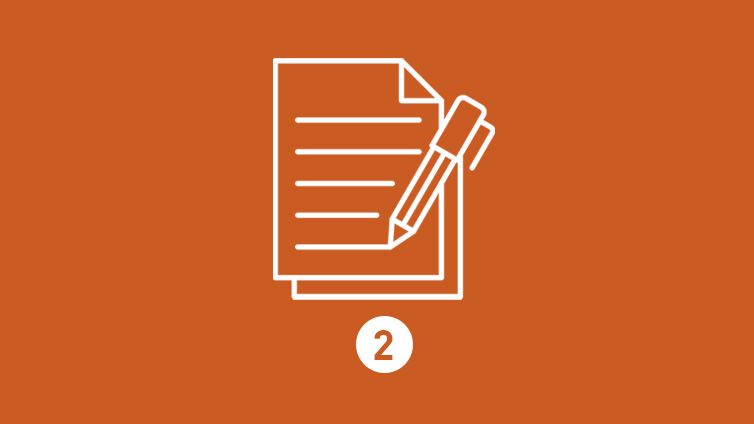Women in the Ancient World
Teacher Resources
Driving Question: How did the roles of women differ in ancient Rome and Han China?
The Roman Empire and Han China might have been separated by a continent and thousands of miles, but they still shared several characteristics in common. In this lesson, you’ll examine the roles and rights of women in each society.
Learning Objectives:
- Explain and compare the roles of women in classical societies such as ancient Rome and Han Dynasty China.
- Use a graphic biography to support, extend, or challenge the overarching narratives from this period.
- Use close-reading skills to analyze the roles of women in classical societies.
Vocab Terms:
- dowry
- patrician
- submissive
- triumvir
Opener: Women in the Ancient World
To teach this lesson step, refer to page 2 of the Lesson 4.6 Teaching Guide.
This lesson is all about comparison—refresh your memory of how we approach this skill by checking out the OER Project Comparison One-Pager.
Comparing the lives of women in Han China and Rome can help reveal commonalities and differences in the values of these two societies. In this activity, you’ll read several statements and guess which society they applied to.
Women in Rome and China
To teach this lesson step, refer to page 3 of the Lesson 4.6 Teaching Guide.
Looking to differentiate, modify or adapt this lesson step? Check out our Differentiation Guide.
Looking for more ideas about how to teach historical comics? Check out OER Project’s Graphic Biographies Guide for ideas.
Women’s struggle for equality has been ongoing for millennia. Whether in ancient China or ancient Rome, women pushed or ignored boundaries set by men.
-
Guiding Questions
-
Before you read
Preview the questions below, and then skim the article. Be sure to look at the section headings and any images.
While you read
Look for answers to these questions:
- Based on their written rules, which belief system gave more rights to women—Confucianism or Daoism? Give some examples.
- What does “kinship” mean?
- What factors determined differences between women’s lives within Chinese society?
- How were Imperial Rome and Han China similar in their treatment of women? How were they different?
After you read
Respond to this question: How does the role of women in classical societies compare with what you know about gender roles in modern history?
-
Guiding Questions
-
Before you watch
Preview the questions below, and then review the transcript.
While you watch
Look for answers to these questions:
- What were the arguments that Hortensia used against the triumvirate’s taxes?
- What was it specifically about this war that made Hortensia unwilling to pay for it?
- How is this speech evidence of how Roman women’s role in politics compared with other societies?
- How does Ban Zhao’s writing differ from Hortensia’s speech?
- How does Ban Zhao’s writing challenge the arguments that Ban Zhao herself was making?
After you watch
Respond to these questions: Do you think these two sources are sufficient to evaluate the role of women in these two societies? What other type of evidence would you want to see?
Key Ideas
-
Guiding Questions
-
Before you read
Preview the questions below, and then skim the comic, paying attention to things like prominent colors, shapes, and types of text and fonts. How do you know where to start and in which direction to read? What’s in the gutters (the space between panels)? Who or what is the focus of the comic?
While you read
- Where was Babatha born, and who ruled this region for most of her life?
- Babatha was in court a lot. What was she fighting for?
- What kind of law did Babatha use to support her arguments, and how did she later change her strategy?
- To what degree was Babatha successful?
- How does the artist use art and design to distinguish between Roman law and Jewish law in the balloons in the center panel of the page?
After you read
Respond to this question: How does this biography of Babatha support, extend, or challenge what you have learned about communities and their impact on the people who lived in them during this period?
Closer: Women in the Ancient World
To teach this lesson step, refer to page 6 of the Lesson 4.6 Teaching Guide.
Remember that Closers are a great opportunity to informally assess student understanding. Read more about that in the OER Project Assessment Guide.
Use this informal writing opportunity to reflect on the similarities and differences among ancient empires and belief systems.






